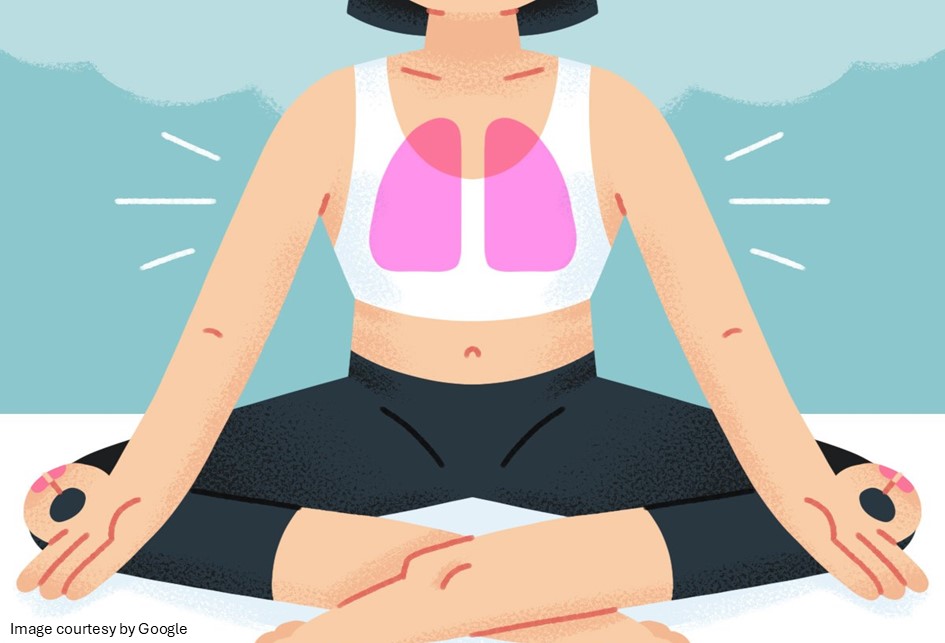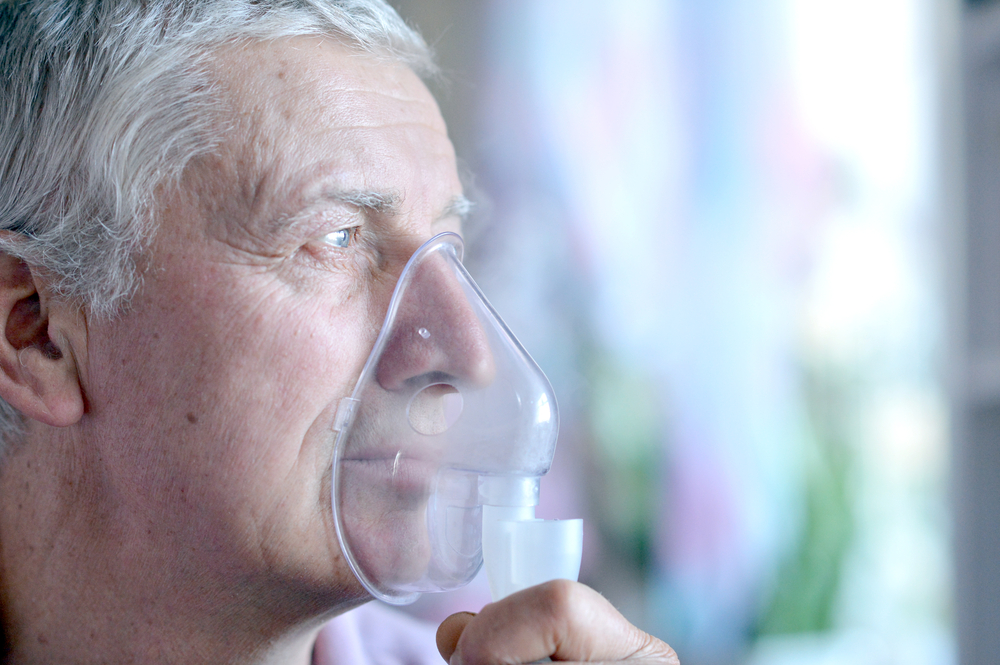Asthma is a chronic respiratory illness affecting millions of people across the globe. Characterised by inflammation, swelling, and narrowing of airways, asthma causes symptoms like wheezing, coughing, and breathing problems. Apart from medication, it is believed that other factors can help manage asthma symptoms.
Can exercise help asthma?
For many asthma patients, physical activity sounds intimidating because exercise can trigger or worsen asthma-related symptoms. This condition is often referred to as exercise-induced asthma or exercise-induced bronchoconstriction (EIB). However, having EIB doesn’t mean you should avoid exercise altogether. In fact, regular exercise can cause a significant reduction in asthma symptoms, improve cardiovascular health, improve lung capacity, strengthen muscles, and enhance endurance. The key is to indulge in the right kind of workout with comfort and ease.
Let’s explore how asthma and exercise are connected, the signs and symptoms of exercise-induced asthma, the best activities for people with the condition, and important tips to stay active without triggering symptoms.
Exercise-induced Asthma: Understanding the relation between exercise and asthma
Some people living with asthma only have symptoms like chest tightness, coughing, wheezing, and shortness of breath during exercise or when doing physical tasks. When this happens, it’s called exercise-induced asthma or exercise-induced bronchoconstriction (EIB). It occurs because vigorous activity increases breathing rate, which causes airways in the lungs to lose moisture and heat, leading to narrowing of the airways. The signs and symptoms of exercise-induced asthma can discourage people from being active, but with proper management, it will not prevent an active lifestyle.
Tips to exercise safely with asthma
Here are some useful tips to stay active without triggering asthma symptoms:
- Contact your doctor first – Before initiating or changing an exercise regimen, speak to your doctor or the asthma specialist. They may recommend adjusting your treatment regimen, prescribe an inhaler to use before workouts and help you choose safe exercise.
- Never skip a warm-up session and cool down after – Jumping straight into an intense activity can shock your lungs. Spend 10-15 minutes warming up with light stretching and movements. Cooling down gradually helps bring your normal breathing and heart rate back to normal.
- Use an Inhaler if prescribed – Many people living with asthma are advised to use a prescription quick-relief inhaler 10 to 15 minutes before initiating an exercise session. This will be helpful in opening airways and preventing flare-ups. Be sure to follow the instructions provided by your healthcare provider.
- Monitor your breathing patterns – Pay attention to your body, how it feels, and what the requirements are. If you notice coughing, wheezing, or an unusual breathing pattern, slow down or stop. Take a break and rest for a while. It is essential to know your limits to avoid severe flare-ups.
- Choose a favourable environment – To avoid asthma triggers during exercise, select a place to work out that favours you in all ways:
- Stay away from polluted or allergen-heavy areas: A polluted environment, especially during high pollen days, can worsen symptoms.
- If possible, avoid cool, dry air: During the winter season, cover your nose and mouth with a scarf or mask to warm the air before inhaling.
- Prefer indoor workouts, especially in unfavourable conditions.
- Incorporate breathing exercises – Practising yoga, diaphragmatic breathing, or pursed-lip breathing gradually helps strengthen respiratory muscles and improve lung control.
- Stay hydrated – Drink enough water before, during and after exercise to help keep airways moist, which reduces irritation.
- Progress gradually – Do not start with high-intensity workouts suddenly; begin with light activity and gradually increase the intensity as your stamina allows.
- Workout with a buddy – If possible, exercising with a friend who is aware of your condition can help you in case of an emergency. Be sure to carry your inhaler every time you step out for a workout.
- Listen to your body – Finally, if you don’t feel right, stop immediately. Pushing your body more than your stamina can lead to complications.

Managing asthma symptoms during exercise
Asthma triggers vary from one person to another. Common ones include allergens (pollen, moulds, dust), cold air, respiratory infection, stress, and air pollution. To minimise the risk, use these practical strategies:
- Watch out for the air quality before outdoor workouts
- Exercise indoors if you believe pollen counts or pollution levels are high.
- Keep a quick relief inhaler handy
- Remember to include a cool-down period in your exercise routine.
Many athletes, including Olympic champions, who suffer from asthma, still perform their best. The key is not to avoid physical workout but to learn how to manage your condition. With awareness, preparation, and appropriate medical guidance, you can stay healthy and active.
Best exercises for people with asthma
Certain exercises are less likely to trigger asthma symptoms because they involve moderate exertion and controlled breathing. Some excellent choices are:
- Walking or light jogging – Simply walking can be gentle on the lungs while improving endurance. Light jogging is also a great choice.
- Yoga and Pilates – Improve flexibility while helping you learn breathing control and relaxation.
- Cycling – Combining asthma and cardio exercise like cycling is ideal for cardiovascular health when done at a steady pace.
- Strength training – A great way to build muscles without overexertion of the lungs.
Furthermore, sports that involve short bursts of intense activity, like basketball or sprinting, may be challenging, but many people living with asthma still enjoy them while following appropriate precautionary measures.
Conclusion
Asthma is challenging, but it doesn’t have to stop you from leading an active life. Exercise and asthma are interconnected. Exercise improves lung capacity, strengthens your body, and improves overall well-being. By choosing asthma-friendly activities, you can reap the benefits of fitness without letting asthma affect your daily life. Asthma and cardio exercise. The goal is not to avoid exercise in a situation; it’s to exercise smarter. With the right strategies, you can make asthma a small part of your life and not a limitation.




